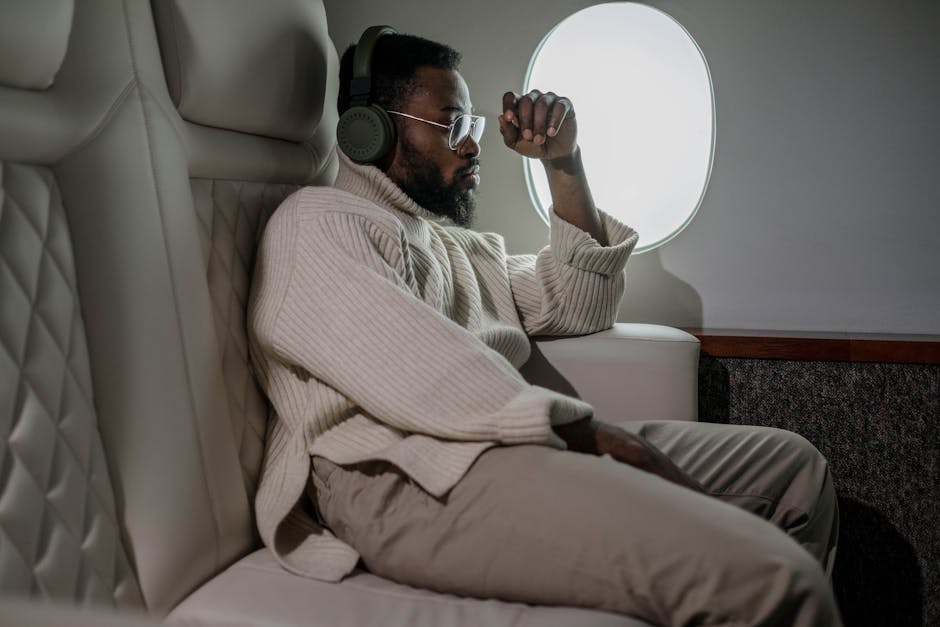Introduction
Audio technology has come a long way in recent years, with virtual reality, artificial intelligence, and speech recognition advancements. These developments can revolutionize how we communicate, access information, and interact with the world around us. In this article, we will explore the current state of audio technology, speculate on its future direction, and consider the potential impact it may have on society as a whole.
The future of audio technology is likely to involve a greater emphasis on personalization and accessibility, with a continued focus on improving the quality and accuracy of speech recognition and the integration of artificial intelligence into a wide range of audio-based applications and devices.
Virtual Reality
Virtual reality (VR) has been a hot topic in audio technology for some time, with companies such as Oculus and HTC leading the charge in developing VR headsets and software. VR has the potential to offer a highly immersive and interactive experience, allowing users to feel as though they are physically present in a virtual world. This technology has already been used in various applications, including gaming, education, and even therapy, and it is expected to continue to evolve and expand in the coming years.
One area where VR could have a significant impact is in the field of entertainment. Imagine attending a concert or watching a movie in a fully immersive VR environment, with the ability to look around and interact with the virtual world in real time. VR could also potentially change how we consume other media forms, such as books or television shows, by offering a more interactive and personalized experience. However, there are also concerns about the potential negative effects of VR, such as addiction, and the potential for it to be used to escape from real-world problems.
Artificial Intelligence
Artificial intelligence (AI) has already made its way into many aspects of our lives, from virtual assistants like Siri and Alexa to self-driving cars and facial recognition software. In the realm of audio technology, AI is being used to improve the accuracy and effectiveness of speech recognition and create more personalized and dynamic audio experiences. For example, AI-powered music recommendation algorithms can analyze a person's listening habits and suggest songs or playlists tailored to their tastes.
One potential future application of AI in audio technology is using "smart" headphones or earbuds that automatically adjust their settings based on the user's surroundings and activity. For example, they might switch to a louder volume when the user is in a noisy environment or automatically skip to the next song if the user is running and the current song doesn't match their pace. AI could also create more realistic and dynamic virtual assistants with the ability to hold more natural and nuanced conversations and better understand a user's needs and preferences.
However, there are also concerns about the potential negative impacts of AI, such as job displacement and the potential for it to be used for nefarious purposes. Companies and governments need to consider these potential consequences and work to mitigate any negative impacts.
Speech Recognition
Speech recognition technology has come a long way in recent years, with products like Amazon's Echo and Google Home becoming increasingly popular in homes worldwide. This technology allows users to interact with their devices using voice commands, making accessing information and controlling various functions easier and more convenient. However, speech recognition is not without its challenges. One of the main areas of focus for researchers and developers is improving the accuracy and reliability of this technology, particularly in noisy or crowded environments.
In the future, speech recognition will likely improve and become more widely adopted in various applications. For example, it could potentially be used in customer service or call center settings, allowing companies to handle more calls in a shorter time. It could also be used in education, allowing students to interact with their learning materials and receive feedback more naturally and intuitively. Additionally, speech recognition could help people with disabilities or impairments that make it difficult to type or use traditional input methods. Overall, speech recognition has the potential to make many aspects of our lives more convenient and efficient. Still, it is important to consider this technology's potential privacy and security implications.
Accessibility
One trend likely to continue in the future of audio technology is an emphasis on accessibility for people with disabilities or impairments. This includes the development of products and services that are specifically designed to be more accessible, as well as the integration of accessibility features into mainstream products. For example, many smartphones now have built-in features such as text-to-speech and voice control to make them easier for people with visual or physical impairments.
One potential area for growth in this regard is the use of audio description, which provides a verbal description of visual elements in media such as movies and television shows for people who are blind or have low vision. This can be done by using special headphones or integrating audio descriptions into the main audio track of the media. Audio description can greatly enhance the enjoyment and accessibility of media for people with disabilities, and we will likely see more widespread adoption of this technology in the future.
Personalization
As audio technology continues to evolve and improve, we will likely see a greater emphasis on personalization. This could be personalized recommendations for music, podcasts, or other audio content based on a user's listening habits and preferences. It could also involve using personalized virtual assistants or smart speakers that can learn and adapt to a user's specific needs and preferences over time. This could potentially lead to a more seamless and intuitive user experience and the ability to tailor audio experiences to individual users in a way that is not possible with traditional media.
References
To illustrate the potential impact of audio technology on society, consider the following examples:
- Virtual reality headset sales are expected to reach over 68 million units by 2025, with a market value of over $45 billion (source: Statista).
- The global speech recognition market is expected to grow at a compound annual growth rate of over 15% from 2020 to 2025.





















